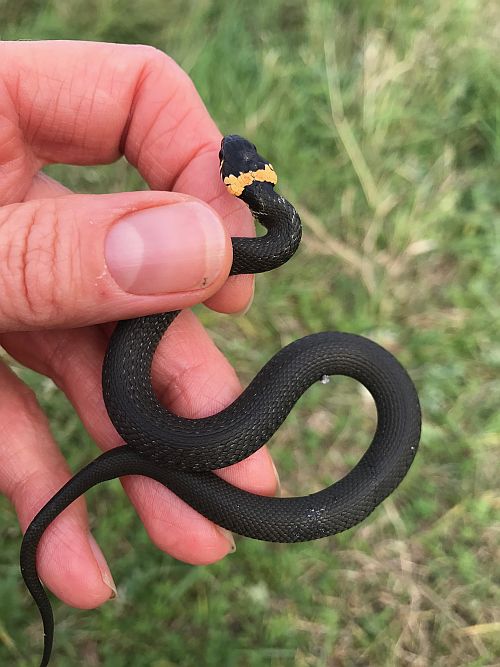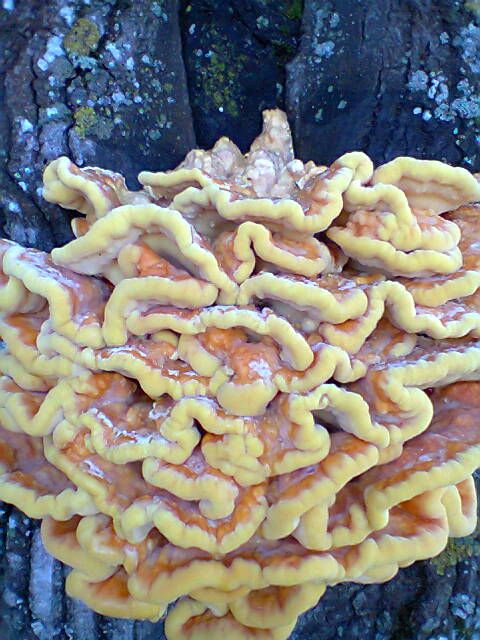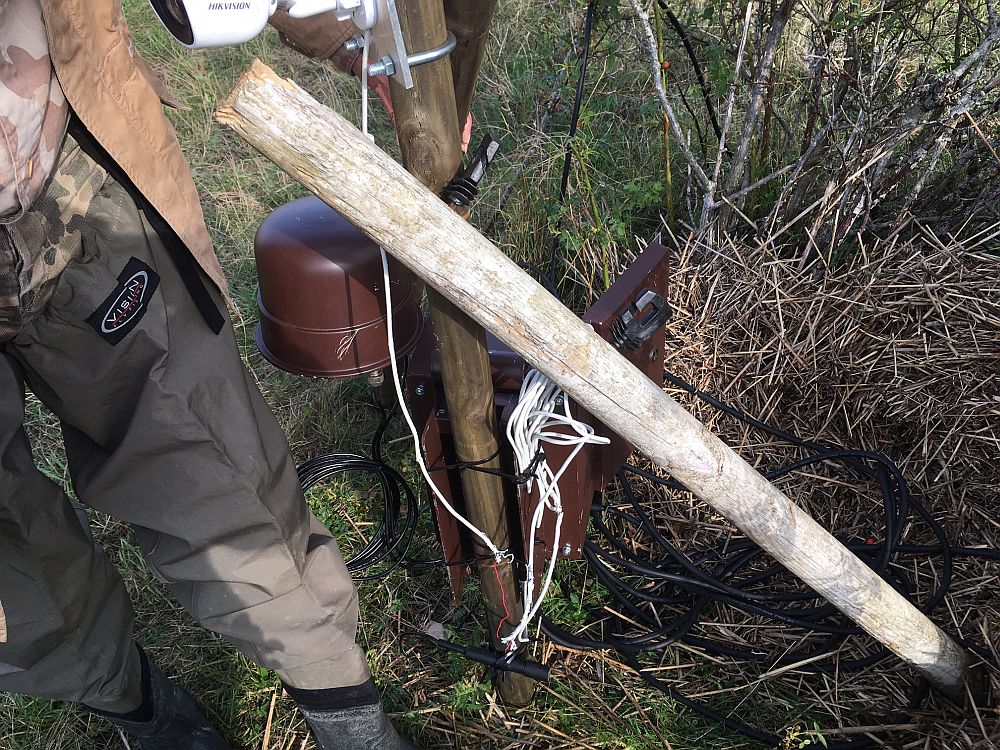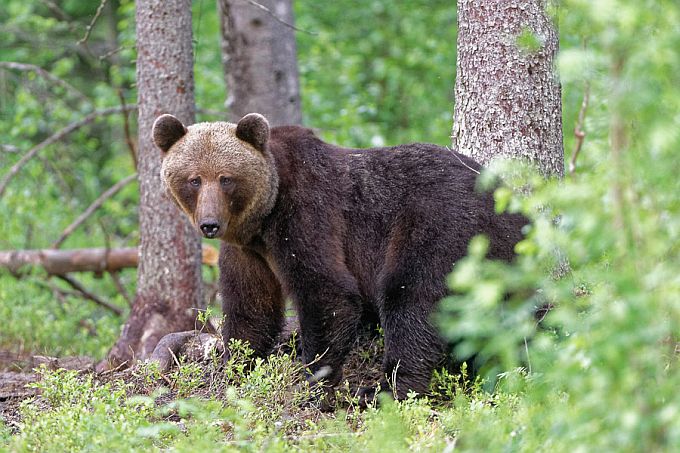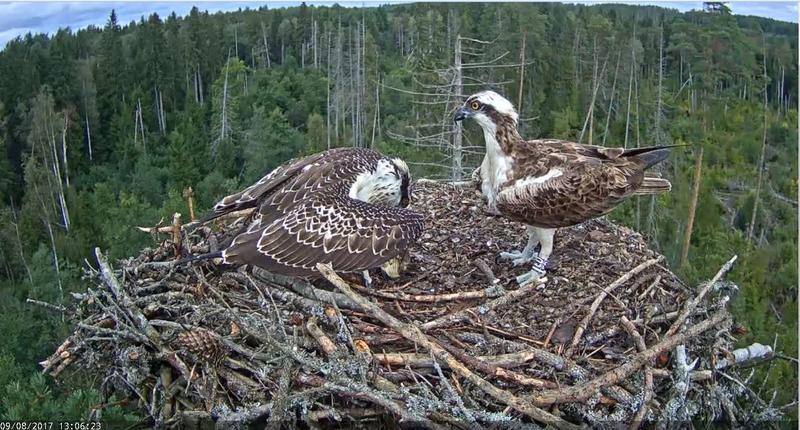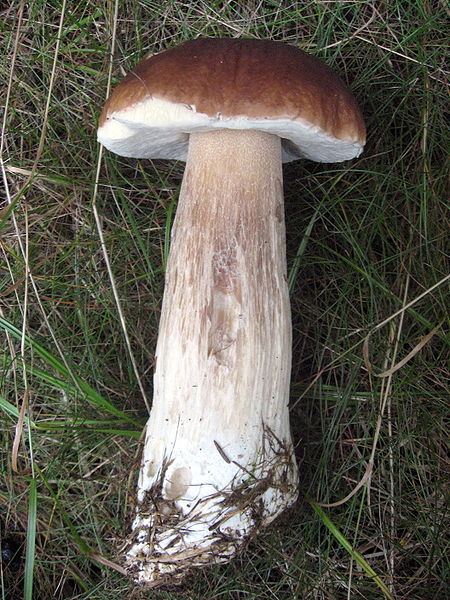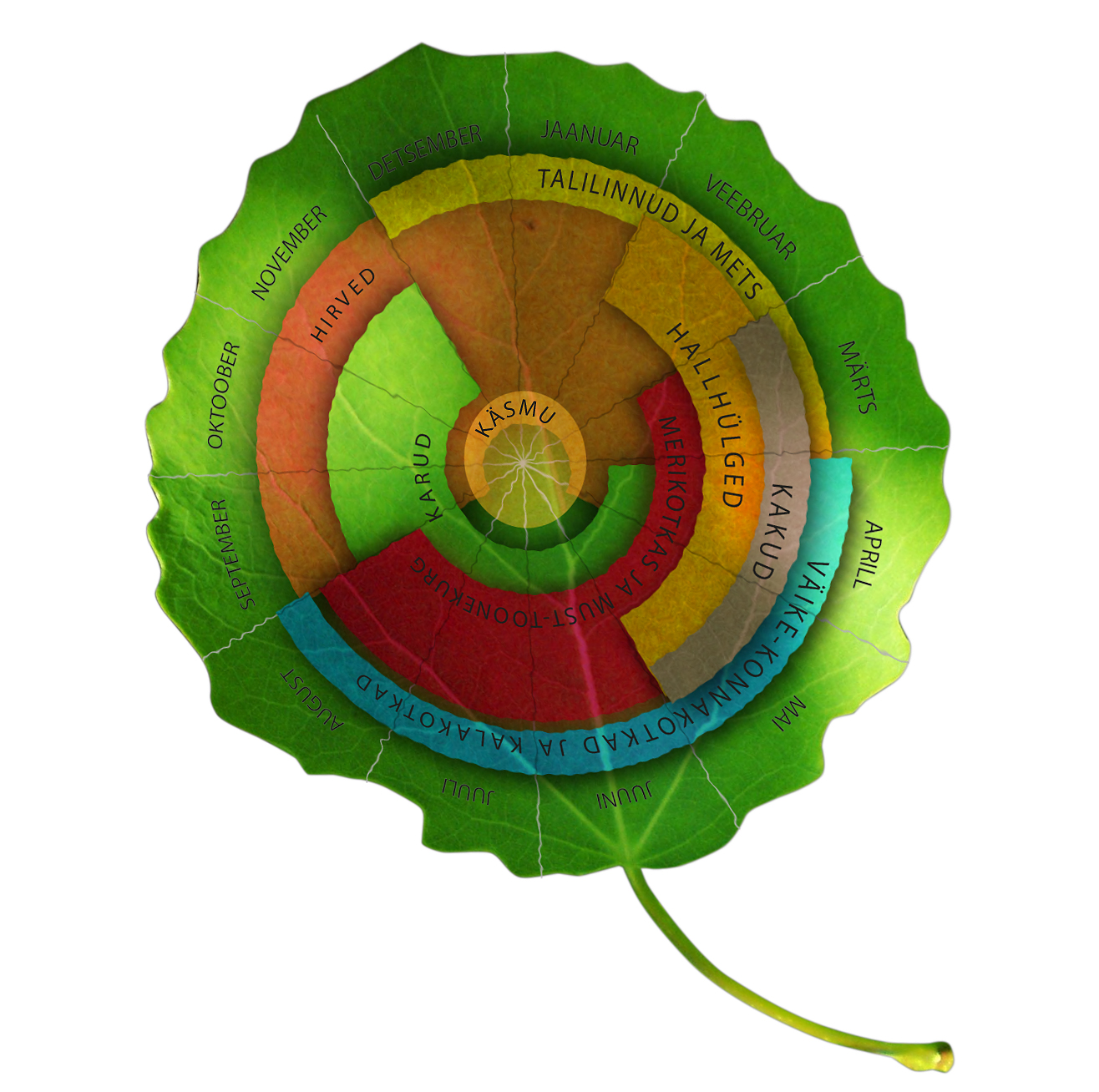Migration paths of cranes and video
Text, video and photos Tiit Hunt, www.rmk.ee
Migration map sent by Aivar Leito
Translation Liis
Estonian text published 26.09.2017
It was necessary to visit the crane webcam again the day before yesterday – if the cows had ”eaten” the video image on Friday the fine creatures were not guilty of the absence of image on Sunday – probably a momentary cut in the mobile transmission stopped the connection for the whole day.
